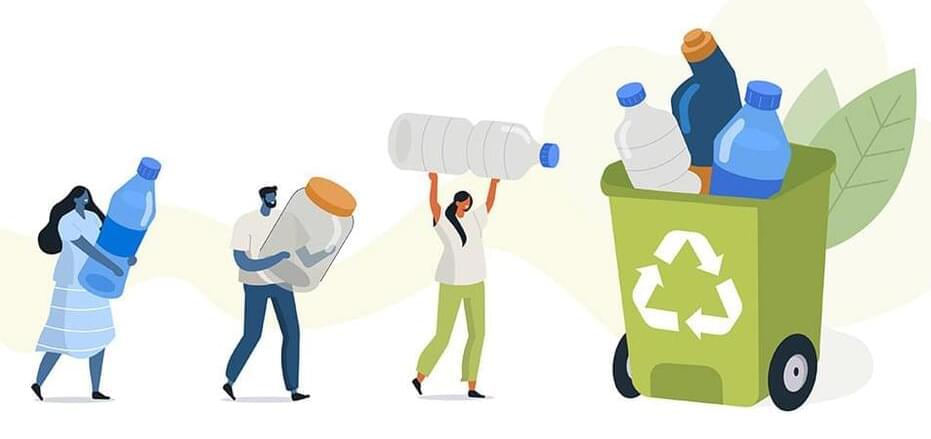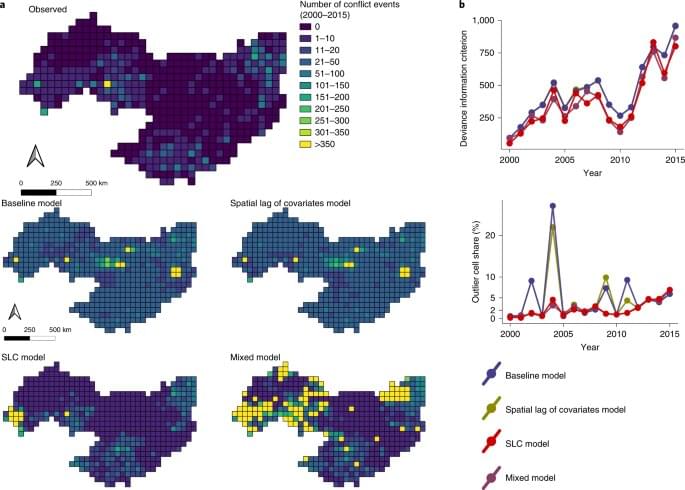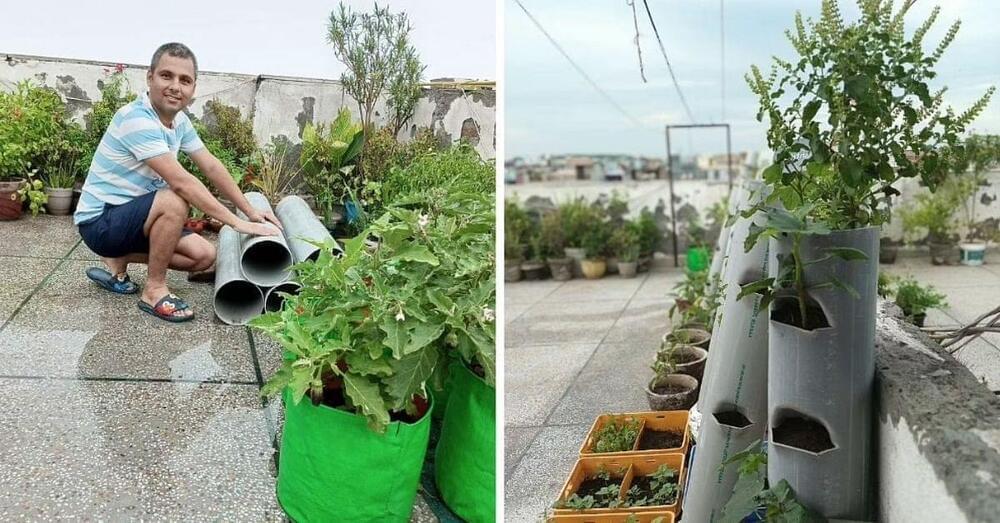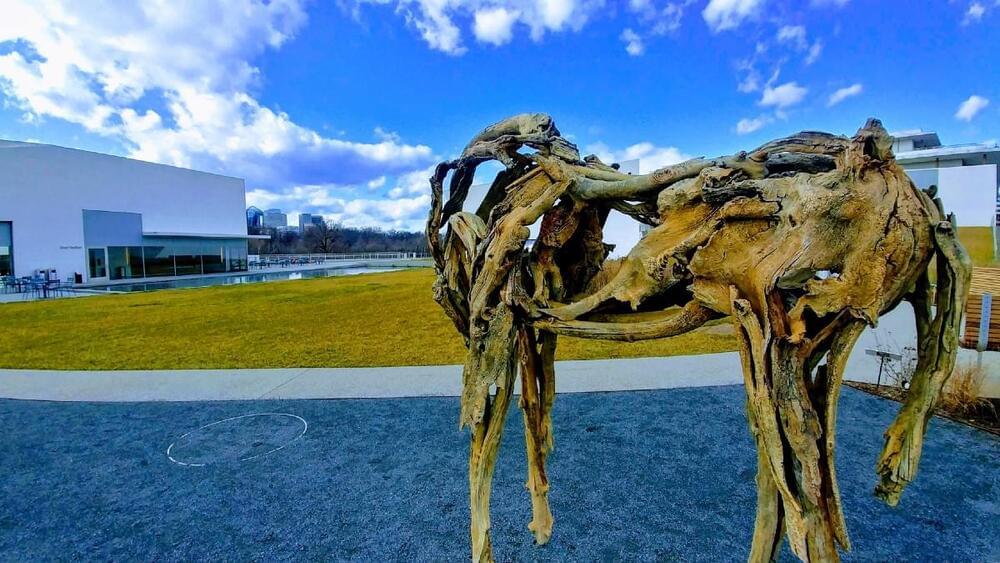Analysts and e-commerce leaders have been predicting a muted online holiday shopping season this year, with sales in the first three weeks of November essentially flat over a year ago due to a weaker economy, inflation, and more people returning to shopping in stores again in the wake of the Covid-19 pandemic. But on the face of it, the Thanksgiving long weekend appears to be more buoyant than expected — albeit growth has definitely slowed down this year after the pandemic-period boom.
Black Friday broke $9 billion in sales for the first time yesterday, with online sales of $9.12 billion, according to figures from Adobe Analytics. This is a record figure for the day, and up 2.3% on sales figures a year ago, and slightly higher than Adobe had estimated leading up to the day. Adobe doesn’t break out volumes in its report, so it’s hard to know if those figures are due to items simply costing more this year because of inflation, or if the higher numbers are a result of more buying.
Black Friday is a key focus for those gauging how the e-commerce market, and consumer confidence, are both faring in what is the most important and biggest period for shopping in the year.









